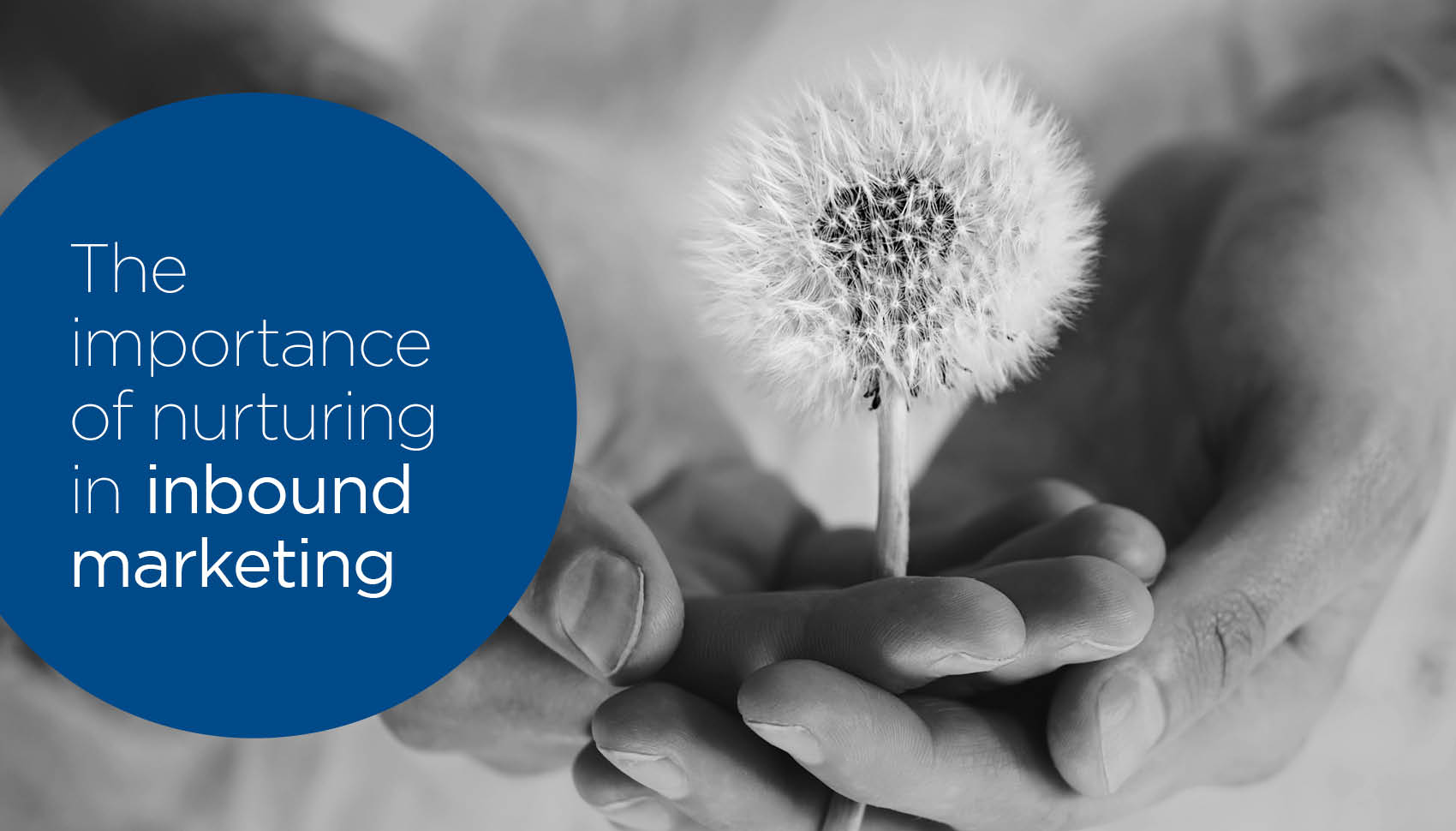When you think of the act of nurturing, what comes to mind?
Let’s take a look at an official definition. The Oxford Dictionary defines the verb as an act of caring for or protecting (something or someone) while they grow. To nurture is to help or encourage the development of something or someone.
Turns out the act of nurturing directly transfers to the world of inbound marketing. As the definition indicates, to nurture something or someone is to stick beside them throughout an extended period of time. It is not an isolated, one-time action. Marketers approach nurturing as a strategic method, utilising it to nurture leads and guide prospects to a final purchasing decision.
David Thomas from Cyberclick aptly describes a lead nurturing strategy as:
“a way to give your potential prospects the right information at the right time.”
Historically, companies have been hyper-focused on lead generation, thinking that as long as initial prospects were made, more sales would follow. However, studies show that 80% of new leads never translate into sales. Moreover, the cost of generating leads that eventually bow out of buying the company’s service or product is significant. Marketing and sales teams are quickly realising the need to keep leads engaged, build their trust and provide them with personalised content in order to retain their interest and convert them into buying customers.
So why is Lead Nurturing so crucial and how do Marketers best achieve it?
To better understand the importance of lead nurturing, it helps to visualise a marketing and sales funnel:

Lead nurturing begins right after the lead capture stage- as soon as a marketer captures a lead, the nurturing process begins. However, a lead capture doesn’t instantly lead to a buying customer. There are several steps in-between that make up the nurturing process. Both the marketing and sales teams must be aligned and work together to shape a smooth customer journey and ensure consistency in content delivery and follow-ups.
Based on a prospect’s position in the marketing and sales funnel, the teams will identify a lead’s present need and attempt to guide them through the funnel stages until customers show intent to purchase, and ultimately commit to buying the product or service.
According to Invespcro, companies that excel in lead nurturing strategy generate 50% more sales-ready leads at a 33% lower cost.
So what exactly is the best strategy, and how can companies practice lead-nurturing that will lead to more sales and revenue?
How to best Nurture a Lead
There are several key elements in the lead-nurturing process that marketers and salespeople need to master in order to successfully guide a lead into becoming a buying customer. If you are working in the field, these steps will increase the quality of your work:
- Know Your Ideal Customer Persona: Instead of solely concentrating on your company’s product, service and branding identity, shift your attention toward your ideal customer. Take time to research your customers’ needs, what they expect to ultimately gain by committing to your services, how they make decisions and how they align with what you have to offer. This profile will help you differentiate between leads that don’t fit your ideal criteria, and those that show obvious promise of conversion.
- Identify Qualified Leads: While you may have many incoming leads, only a handful are likely to convert after journeying through the marketing and sales funnel. By gathering pertinent information about a prospect, such as their budget, specific needs, pain-points and buying authority, you can utilise a scoring system to match a lead against your predetermined customer profile criteria. This will ultimately help you weed out leads that align with your company and that are worth nurturing.
- Customise and Target Your Content: A good first step to engage with prospects is targeted emails. Emails help build a relationship with your customers and make them feel valued. However, you must not stop there. Social media, blog posts, free ebook offerings, trial services, and offline engagement are also extremely important in retaining a prospect’s interest and making them feel heard and cared for.
- Measure Performance: Evaluating how your lead is performing and moving through the funnel is critical. An important metric is the amount of qualified leads identified versus how many convert to buying customers. Furthermore, pinpointing at what stage in the funnel leads dropped out creates insight into what you need to adjust in the nurturing process. Are marketing and sales working together properly to ensure a smooth customer journey? Is the content you provide appropriate or does it need to be adjusted? Measurements will help you fine tune your strategy to maximise your conversion rate.
- Follow-up: Knowing when to follow-up with your prospects is essential. While continual engagement is necessary, a bombardment of content might have the opposite effect and turn off potential buyers. A nuanced and tasteful follow-up hits the sweet spot and maintains a lead’s interest, thereby increasing their chance to convert.
Final Thoughts
These are truly exciting times in the sales and marketing world because strategies like lead-nurturing encourage companies to work more holistically and keep the bigger picture in mind. Lead-nurturing is becoming standard practice as companies begin to realise the enormous benefit it has on converting leads and increasing revenue. This strategy is in constant development and always keeps the customer journey in mind. Attentiveness and nuance drive companies to bigger and better sales, thereby proving the effectiveness and impact of nurturing. If you’ve had any second thoughts as to whether or not to incorporate lead-nurturing in your work, hopefully after reading this, they’ve completely disappeared.

